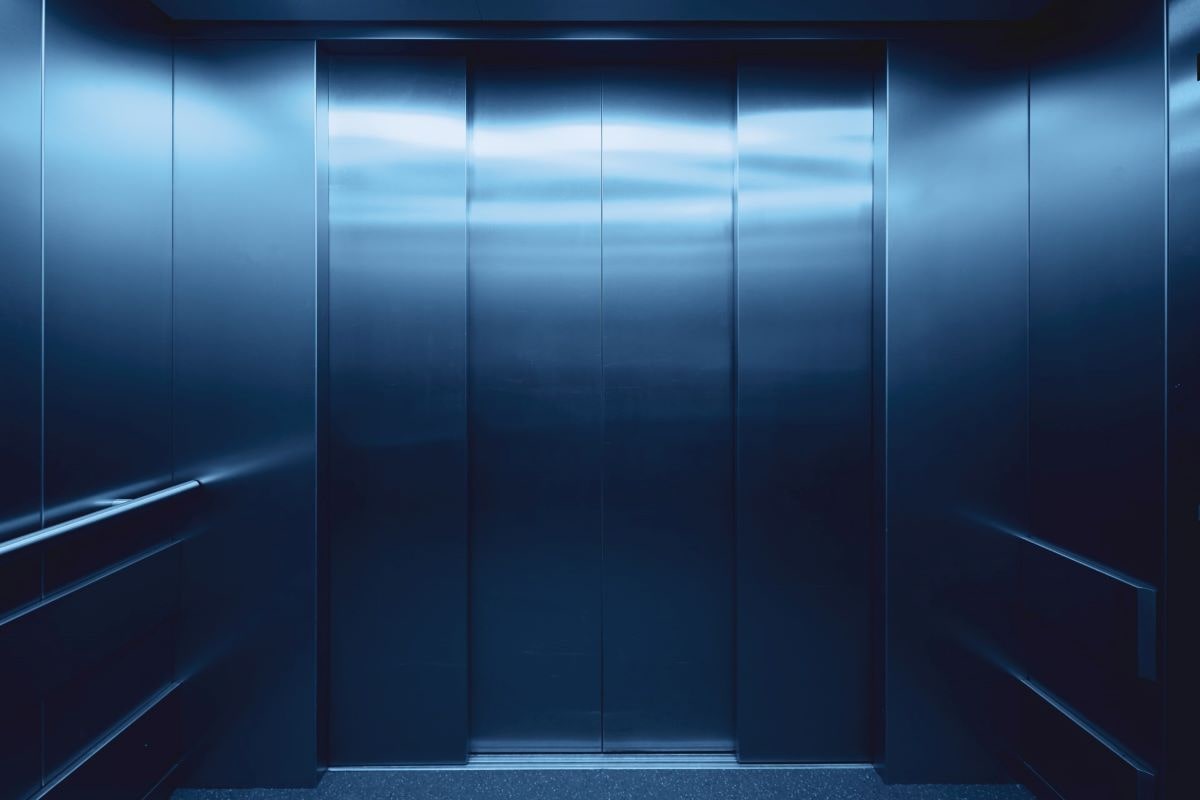What is your level of claustrophobia?
In everyday life, when you take the elevator, the subway or go through a tunnel, these activities are done without even thinking about it. However, if you suffer from claustrophobia, all these enclosed spaces will trigger such an intense fear in you that it will no longer be possible to pass through these places.

SOMMAIRE
- What is claustrophobia?
- What are the origins of claustrophobia?
- a. Traumatic origin
- b. Educational background
- c. Hereditary origin
- d. Perception of the nearby space
- What are the prevalences of this fear of closed spaces?
- What are my symptoms when I have a panic attack related to my claustrophobia?
- How does this fear affect your life?
- Tips for resisting in situations
- What treatment for claustrophobia?
1. What is claustrophobia?
Claustrophobia is the excessive and irrational fear of restricted, closed, enclosed spaces… that give a feeling of being locked up. Etymologically the word claustrophobia comes from the word “claustro” which means enclosed and from the Greek “phobos” which means fear.
This extreme anxiety is considered dysfunctional because it is not related to the reality of the danger of the situation. Panic can occur in real life situations (when you are in an elevator, in a public restroom for example), and/or in an imagined way.
This fear can also occur by proxy. That is to say that you are afraid when you see or imagine someone being in a situation that may be anxiety-provoking.
2. What are the origins of the fear of enclosed spaces?
There is no single possible cause for claustrophobia. Indeed, it can be due to a trauma, to education, by the perception of the close space or by hereditary factors. Nevertheless, the phobia becomes long-lasting and strong as a result of all the avoidance of these situations that could harm you. For example, when you are asked to go on a trip, and you refuse to find an excuse to avoid taking the plane. If you have to go up to the 10th floor, you refuse to take the elevator and prefer to take the stairs.
a. Traumatic origin
Claustrophobia can be triggered at any time in life following a trauma. This trauma may have occurred several years ago, may not have had a direct impact, and may reappear at a time you did not expect.
For example, one day you found yourself locked in a place without being able to get out or you found yourself in a situation where you were psychologically stuck in a place (in case of physical or psychological abuse). This event has registered in you, and a similar situation has triggered again the anxiety you may have had at that time.
You may also be experiencing the trauma vicariously. You have heard someone’s story or seen a friend get stuck or become unwell, and this has caused you intense anxiety in those same situations.
b. Educational background
A family overprotection can be at the origin of your claustrophobia.
You may come from a family in which your parents, grandparents, brothers, sisters … kept telling you to be careful, warning you about certain situations, forbidding you to do certain activities that include crowds or enclosed places.
Your family may have further worried you with stories about other people who have had various issues related to this confinement.
c. Hereditary origin
The onset may be hereditary, but if one or both of your parents are claustrophobic, you are more likely to be claustrophobic as well.
But be careful, genetics alone is not enough to have this phobia. On the other hand, it can create predispositions to your anxiety in these situations.
d. Perception of the nearby space
The perception of the near space corresponds to the perception that one has of his “personal space“. This space varies from one person to another. A person who needs a larger personal space will be more sensitive to claustrophobia.
4. What are the prevalences of this fear of closed spaces?
In the general population, claustrophobia affects 2 to 5% of adults. Among this population, there is a higher prevalence among women.
5. What are my symptoms when I have a panic attack related to my claustrophobia?
When you are in an enclosed space, feelings of anxiety arise. Your heart rate may increase, creating a tachycardia that makes you feel uncomfortable. You may experience excessive sweating, and chills or hot flashes.
You may also feel an intense desire to escape.
If your anxiety becomes particularly strong, you may also feel as if you are running out of air and cannot breathe easily, have physical pain in your body, nausea, a feeling of depersonalization (leaving your body, going crazy, loss of self-control), a feeling that the whole situation is unreal, an extreme fear of dying, etc. The manifestation of other symptoms is also possible.
6. How does this fear of enclosed spaces affect your life?
When we are afraid of enclosed spaces, we often create avoidance in front of these situations. We limit ourselves in our physical, cultural and social activities. This phobia will prevent you from participating in certain activities with your group of friends or family. When they want to go on trips, go for a walk in town, visit certain monuments… Certain medical examinations will not be possible for you such as MRI.
The people around you will want to continue these activities, and you may feel excluded. This isolation from your group of friends may make you feel depressed.
7. Tips for resisting in situations
Having alternative strategies can help you cope with a situation when you are in a confined space, but does not solve your difficulties. It is therefore important to be able to use them in “emergency” situations, but they do not replace therapeutic follow-up. Therapeutic follow-up allows you to stop dealing with these situations in a sustainable way.
a. Breathe
Learn to breathe consciously. Inhale through your nose and expand your belly. Let the air enter your body, and enjoy the freshness of the air entering you. Take your time. Breathe out, through your mouth, deflating your belly.
b. Hydrate
Dehydration creates a strong fatigue and thus decreases the cognitive functions. It affects brain activity. Tasks become more and more difficult to perform when dehydrated.
c. Find nearby landmarks
You can narrow your field of view by restricting the space around you. Focus on a tree near you, a rock a little further away… If you can’t find a landmark too close, imagine it. Visualize a point (white, black, green) in your direction, and focus on it.
8. What treatment for claustrophobia?
Like all phobias or anxieties, the earlier it is considered and treated, the easier it will be to make the symptoms disappear. On the other hand, it is never too late to take charge of your life.
Therapeutic follow-up is essential. Cognitive-behavioral therapies (CBT) have proven their worth in the treatment of phobia of confined spaces. The Virtual Reality Exposure Therapies (which are part of a CBT dynamic) will allow the patient to be confronted with these anxiety-provoking situations in order to create a habituation of the latter. The exposure to these phobogenic situations will be done in a gradual way, to apprehend the techniques and the tools to palliate them, from relaxation to listening and accepting one’s emotions. Little by little, anxiety about these situations will diminish.

